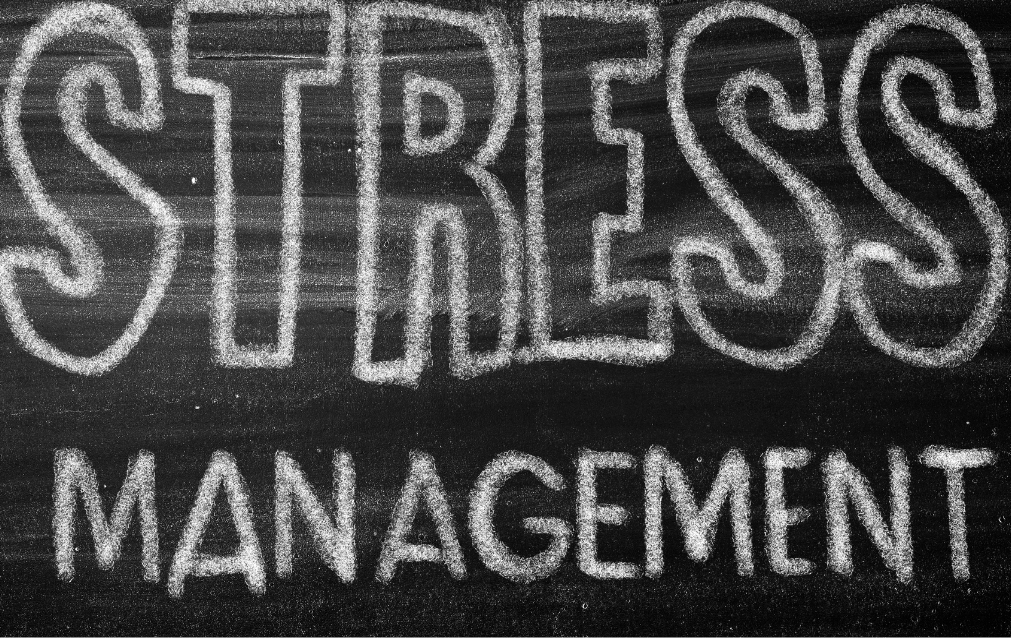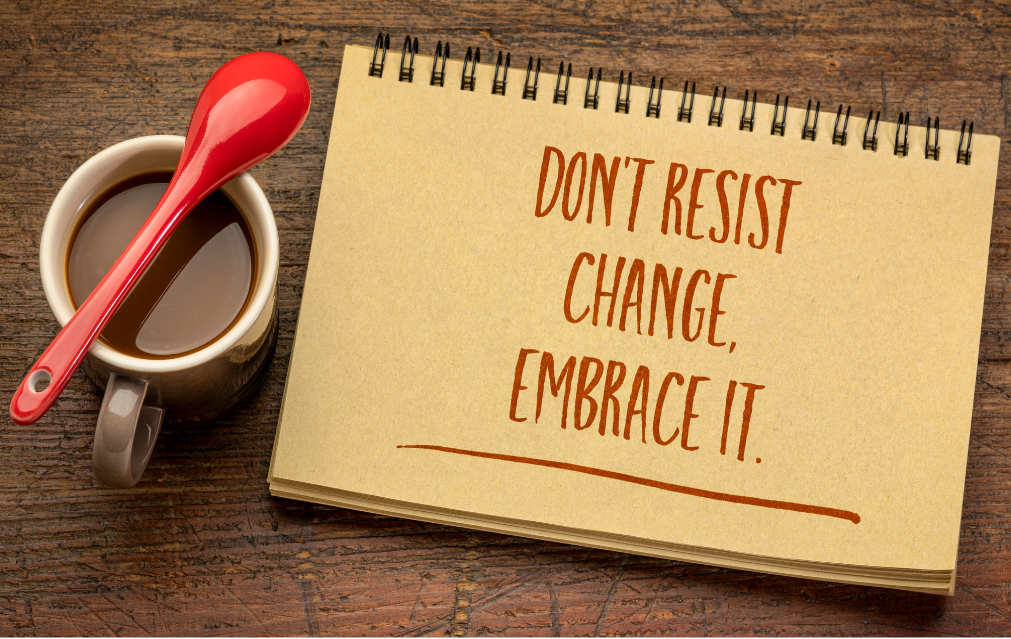In the journey toward better health and fitness, it’s easy to focus solely on physical goals—losing weight, building muscle, or increasing endurance. However, mental well-being plays a crucial role in achieving and maintaining these objectives. As Australians increasingly recognize the importance of a holistic approach to health, understanding the connection between mental well-being, health, and fitness is essential. This blog explores practical strategies to enhance mental health while achieving your fitness goals.
Understanding Mental Well-Being
Mental well-being encompasses our emotional, psychological, and social health. It affects how we think, feel, and act, influencing our ability to cope with stress, relate to others, and make choices. According to the Australian Institute of Health and Welfare, mental health conditions are prevalent, affecting one in five Australians annually. AIHW: Mental Health.
The Interplay Between Mental Health and Fitness
- Exercise as a Mood Booster:
Physical activity releases endorphins, the body’s natural mood lifters. Regular exercise can reduce symptoms of anxiety and depression, improve mood, and enhance overall mental well-being. A study published in the Australian and New Zealand Journal of Psychiatry found that exercise is an effective intervention for improving mental health outcomes. ANZJP Study. - Setting Goals and Building Confidence:
Engaging in fitness activities allows you to set and achieve personal goals. This process not only improves physical health but also boosts self-esteem and confidence. Achieving fitness milestones can create a positive feedback loop, reinforcing mental resilience. - Social Connections through Fitness:
Participating in group fitness classes, team sports, or community events fosters social connections. These interactions can provide emotional support and reduce feelings of isolation, which are crucial for mental well-being. The Australian Red Cross emphasizes the importance of community engagement for mental health. Red Cross Community Programs.
Strategies to Prioritize Mental Well-Being in Your Fitness Journey
1. Incorporate Mindfulness into Your Workouts
Mindfulness can enhance your exercise routine by helping you stay present and focused. Practices such as yoga and tai chi not only improve flexibility and strength but also promote mental clarity and relaxation. Apps like Smiling Mind offer mindfulness techniques tailored for physical activities.
2. Find Activities You Enjoy
Engaging in activities you love makes it easier to stick to a fitness routine. Whether it’s dancing, hiking, swimming, or cycling, choose exercises that bring you joy. Enjoyable activities can improve your motivation and overall mental health.
3. Establish a Routine
Creating a regular exercise schedule can provide structure and predictability, reducing stress and anxiety. Aim to incorporate a mix of cardio, strength training, and flexibility exercises into your routine. The Australian Physical Activity and Sedentary Behaviour Guidelines recommend at least 150 minutes of moderate-intensity activity each week. Physical Activity Guidelines.
4. Prioritize Recovery and Rest
Rest days and recovery practices, such as stretching and meditation, are essential for mental and physical health. They allow your body and mind to recharge, reducing the risk of burnout. The Sleep Health Foundation recommends prioritizing sleep hygiene to support both physical recovery and mental clarity. Sleep Health Foundation.
5. Seek Professional Guidance
If you’re struggling to balance mental health and fitness, consider consulting a health professional or fitness coach. They can provide personalized guidance and support to help you achieve your goals while prioritizing your mental well-being. The Mental Health Care Navigator is a useful resource for finding appropriate services in Australia. Mental Health Care Navigator.
Local Resources for Support
- Beyond Blue: Offers support and resources for individuals experiencing anxiety and depression. Their website provides valuable information on mental health and well-being. Beyond Blue.
- Lifeline Australia: Provides a 24/7 helpline for crisis support and suicide prevention. If you’re in need of immediate assistance, Lifeline is a crucial resource. Lifeline.
- Headspace: Focuses on supporting young people with mental health issues. They offer resources, support services, and programs to promote mental well-being. Headspace.
- Additional Resources: For further support, visit this link.
Take the Next Step with the Life! Program
Are you ready to take the first step toward a healthier, more vibrant life? The Life! Program offers the support, resources, and community you need to succeed. With expert guidance and a focus on sustainable change, you’ll be well-equipped to achieve your health goals.
Sign Up Today!
For more information about the Life! Program and how to get started, contact us at AB Health and Fitness or visit our website at AB Health and Fitness or Life Program. Your journey to a healthier you begins now!
Conclusion
Prioritizing mental well-being is vital for achieving health and fitness goals. By recognizing the interconnectedness of mental health and physical activity, you can create a holistic approach to your wellness journey. Incorporate mindfulness, find enjoyable activities, establish routines, and seek support when needed. Remember, taking care of your mental health is just as important as your physical health. Embrace this holistic approach, and unlock your full potential for a healthier, happier life!







